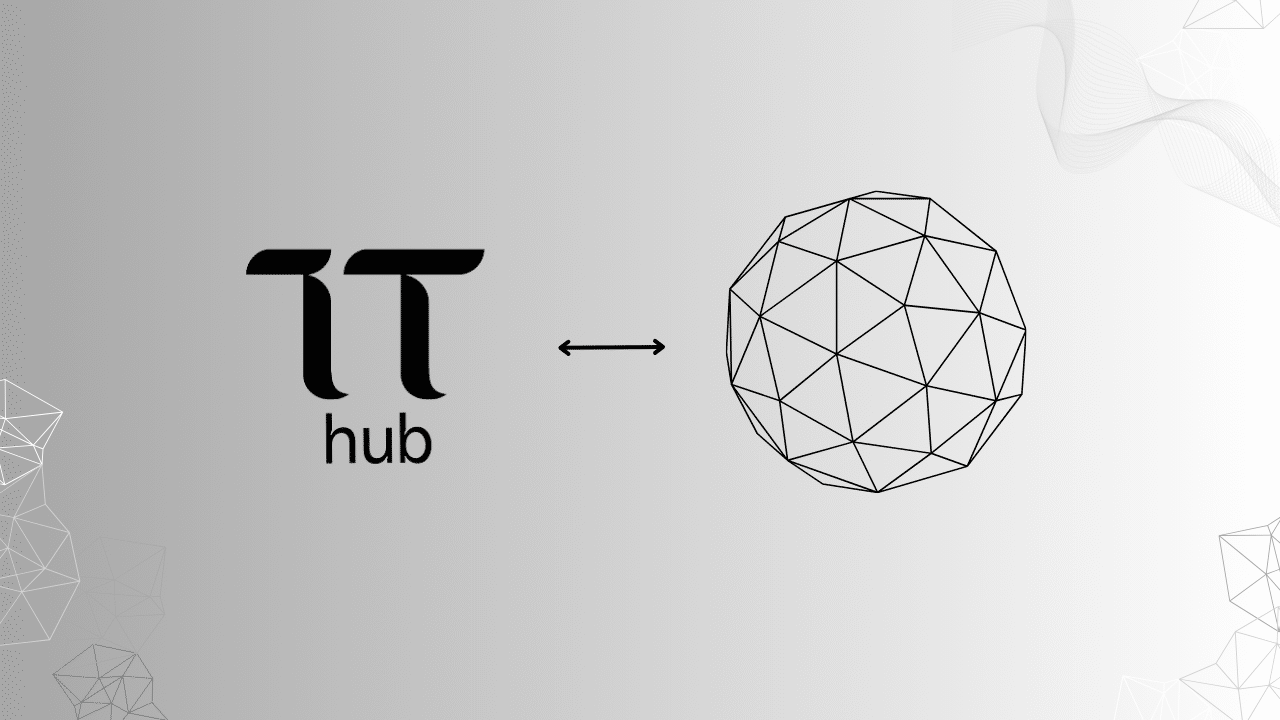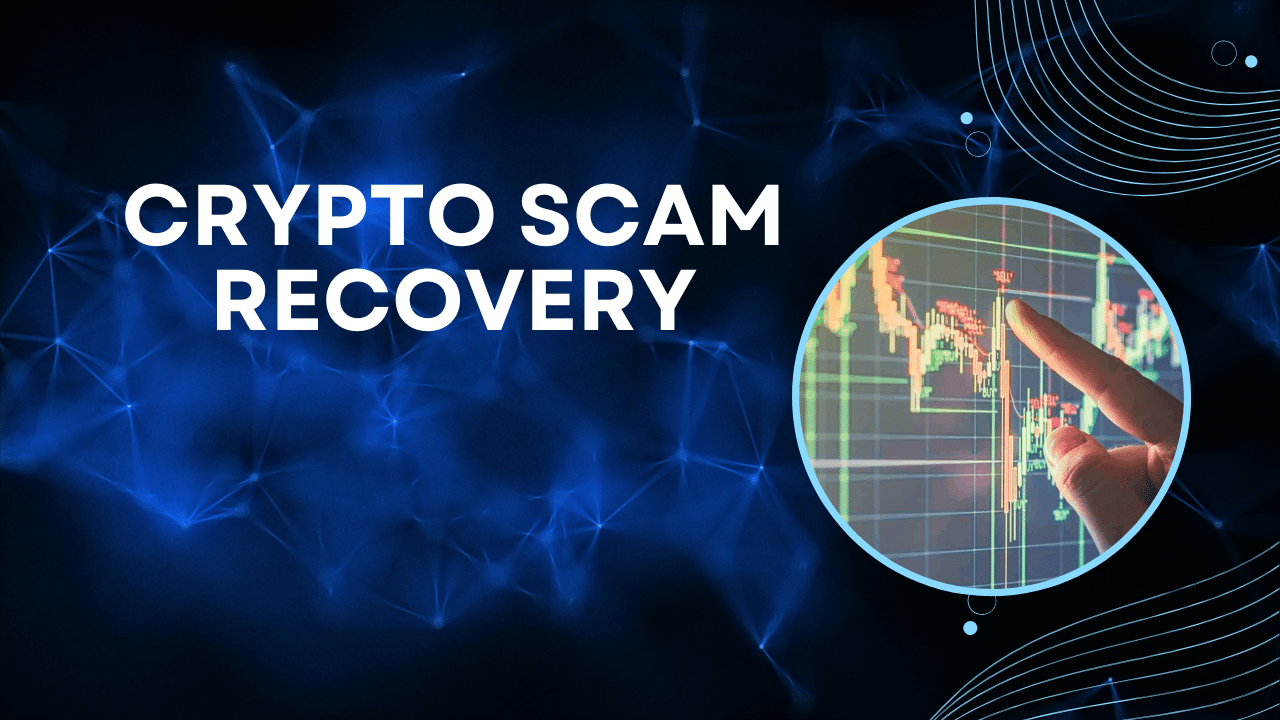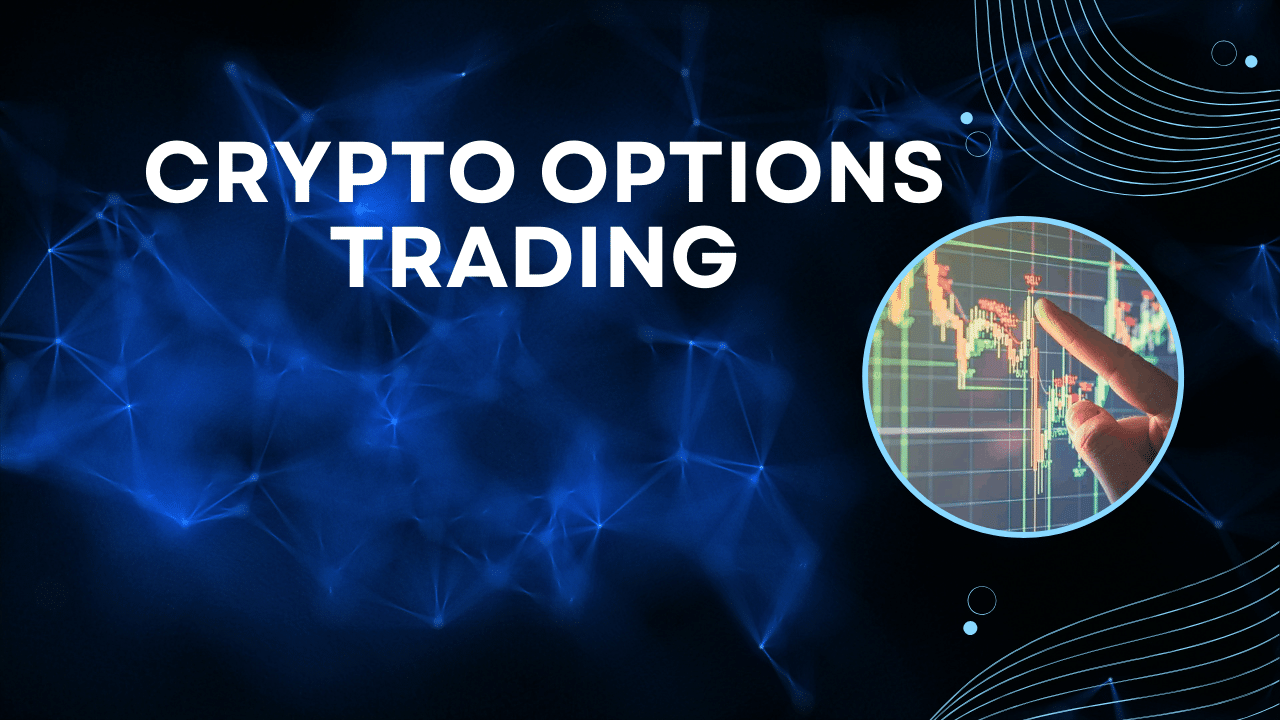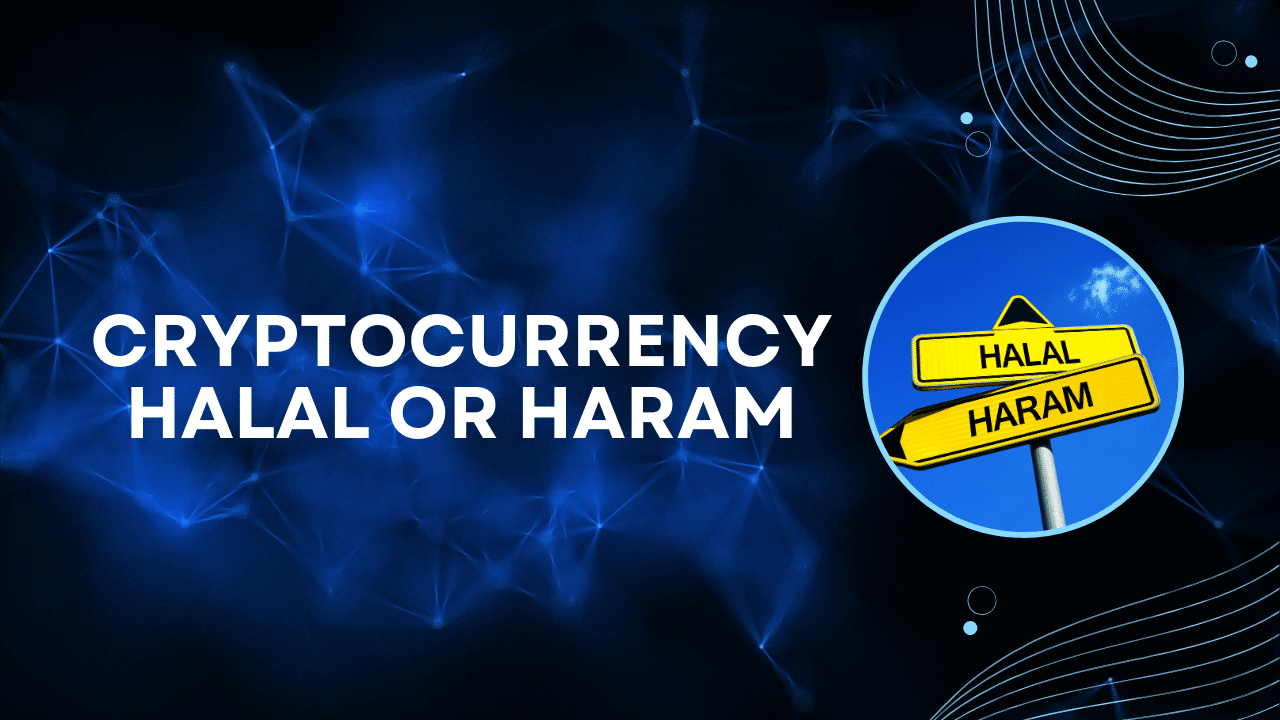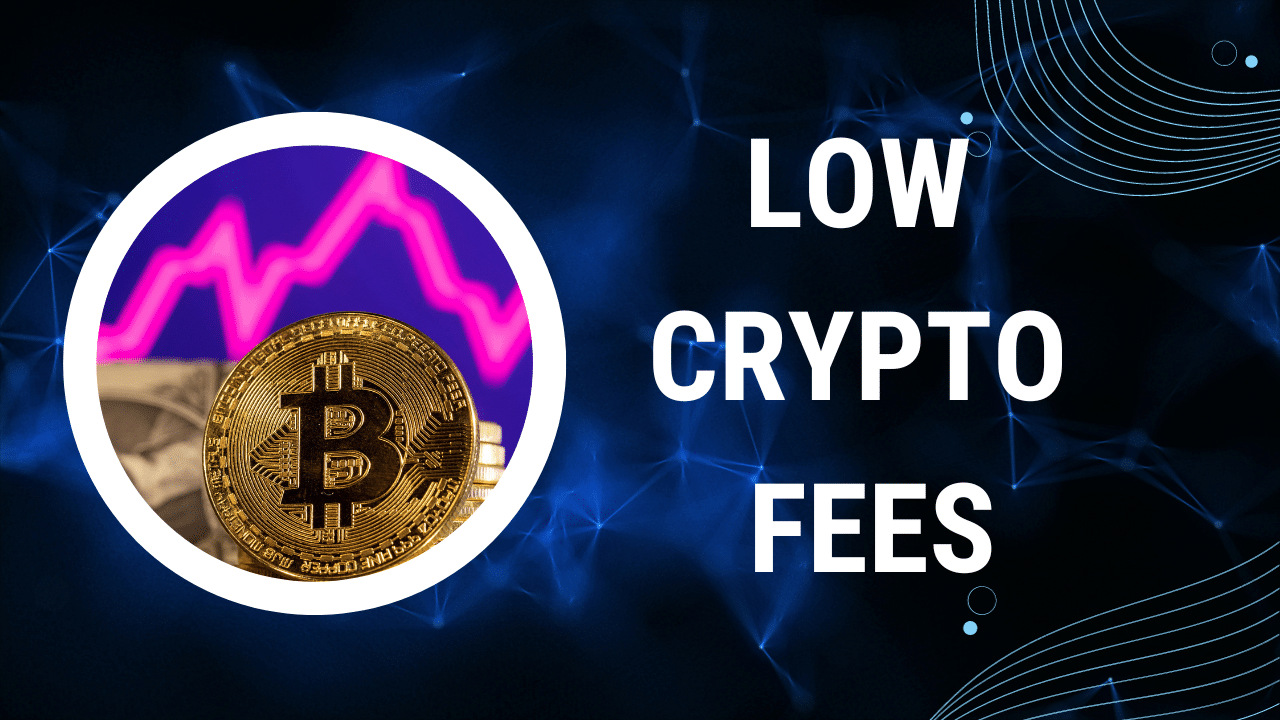Contents
|
|
Bittensor is a peer-to-peer project in the crypto space that aims to revolutionize knowledge exchange and collaboration. It leverages collective intelligence to drive innovation. Bittensor is an innovative project that aligns with the values of Coinbase. This cutting-edge innovation offers a unique approach to address the limitations of existing machine learning systems and models. With its advanced software and machine intelligence, this development is set to revolutionize the field. By leveraging peer-to-peer networks, Bittensor enables efficient data sharing and distribution, allowing users to tap into a vast pool of collective intelligence. This software is particularly useful for coinbase and machine learning models, as it optimizes the communication between neighboring neurons.
With Bittensor software, users can harness the power of distributed systems and collective intelligence to access real-time information and insights from a diverse range of sources, including Coinbase. This is made possible through the integration of machine learning technology. The platform’s state-of-the-art software interface facilitates seamless interaction and collaboration among participants in machine learning networks, fostering a vibrant marketplace for peer knowledge exchange. Whether you’re a software researcher seeking cutting-edge machine learning discoveries or an enthusiast exploring new ideas, Bittensor provides the tools and capabilities necessary for meaningful engagement with peers and miners.
In this blog post, we’ll examine how the innovative system of machine learning addresses current challenges in knowledge sharing among peers. We’ll discuss the implications of this model for future advancements and its potential impact on miners. Join us as we unravel the possibilities offered by Bittensor in driving collaboration and unlocking new opportunities in the crypto space, including with Coinbase, Tao tokens, miners, and machine learning.
Contents
About Bittensor
Bittensor Team
The Bittensor team is a group of talented individuals who have come together to develop and advance the Bittensor project, which aims to revolutionize the mining industry by leveraging machine learning to optimize coinbase rewards for miners. With the integration of tao tokens into the platform, Bittensor is poised to transform the way miners earn and utilize their rewards. Each team member, including miners, machine learning experts, model developers, and validators, brings their unique expertise and experience in relevant fields, contributing to the success of the project. From blockchain technology to machine learning, the Coinbase team combines their skills as miners, validators, and model creators to create a powerful platform.
Meet some of the key members of the Bittensor team, including miners, machine operators, coinbase experts, and validators.
-
John Smith: With a background in computer science and several years of experience in blockchain development, John leads the technical aspects of the project, working closely with miners, machine operators, model designers, and validators.
-
Sarah Johnson, an expert in machine learning algorithms, plays a crucial role in implementing cutting-edge AI models within the Bittensor ecosystem for miners and validators.
-
David Thompson: With his extensive knowledge in cryptography and cybersecurity, David ensures that Bittensor, a decentralized network, remains secure and resilient against potential threats posed by miners, validators, and other participants who operate the machine learning model.
These are just a few examples of the talented individuals behind Bittensor, including miners, machine operators, validators, and those who contribute to the model. The diverse skill set of miners, modelers, and validators they bring to the table allows for innovative solutions and continuous progress within the project.
Bittensor Community
The Bittensor community is vibrant and active, driven by passionate individuals who are miners, validators, and proponents of the decentralized AI model. Engaging with validators, miners, and the model community provides opportunities for learning, collaboration, and support. There are various channels available for community members to connect with validators and miners.
-
Discord: The official Discord server serves as a hub for discussions, announcements, and interactions between community members, including miners and validators.
-
Telegram: The Telegram group enables real-time conversations among miners and validators interested in exploring different aspects of Bittensor.
-
Reddit: The dedicated subreddit offers a platform for sharing ideas, asking questions, and staying updated on recent developments related to validators.
The Bittensor community, consisting of validators, has achieved notable milestones through its collective efforts. For instance:
-
Community-driven initiatives: Members organize hackathons or coding competitions that encourage developers and validators to build innovative applications using Bittensor’s technology.
-
Knowledge sharing: Experienced community members often provide tutorials or guides to help newcomers understand and navigate the Bittensor ecosystem, especially with regards to validators.
-
Collaborative projects: Community members collaborate on open-source projects, contributing their skills and expertise to enhance the functionality of Bittensor.
TAO Bittensor
What is TAO Bittensor?
TAO, which stands for Tokenized Attention Objects, is a fundamental concept in Bittensor that plays a crucial role in enabling decentralized AI models on-chain. Unlike traditional approaches, TAO introduces unique characteristics that set it apart.
With TAO, attention becomes tokenized and can be transferred across the network. This means that AI models can now leverage attention as a valuable resource to improve their performance. By tokenizing attention, Bittensor opens up new possibilities for collaborative and decentralized AI model training.
The key idea behind TAO is to reward participants who contribute their attention resources to the network. This incentivizes users to actively participate and share their attention with others. In return, they receive tokens as compensation for their contribution.
How does the Bittensor Protocol work?
Now let’s dive into the technical details of how the Bittensor Protocol operates. The protocol consists of various components and interactions between nodes that collectively enable efficient AI model training.
At its core, the Bittensor Protocol uses a peer-to-peer network architecture where nodes communicate with each other in a decentralized manner. These nodes collaborate by sharing data and attention resources to train AI models effectively.
The protocol incorporates several layers to facilitate communication between nodes. These layers include the transport layer, which handles data transmission; the consensus layer, which ensures agreement among participants; and the application layer, which enables users to interact with the network.
Data flows through this network architecture seamlessly, allowing AI models to access distributed datasets securely and efficiently. The decentralized nature of Bittensor ensures that no single entity has control over the entire system, promoting transparency and fairness in AI model training.
Network Architecture
Bittensor’s network architecture is designed with scalability, security, and reliability in mind. It comprises different layers that work together harmoniously to facilitate communication between nodes.
The transport layer handles data transmission between nodes, ensuring that information flows smoothly across the network. This layer utilizes various protocols and algorithms to optimize data transfer and minimize latency.
The consensus layer is responsible for achieving agreement among participants in the network.
Mining and Consensus Mechanism
Mining
Mining plays a crucial role in securing and maintaining the network of Bittensor. It is the process by which new tokens are created, transactions are verified, and the overall integrity of the blockchain is upheld. Bittensor utilizes specific mining algorithms to achieve these objectives.
One such algorithm employed by Bittensor is Proof-of-Work (PoW). In PoW, miners compete to solve complex mathematical puzzles to validate transactions and add them to the blockchain. The first miner to solve the puzzle receives a reward in the form of newly minted tokens. This incentivizes miners to contribute their computational resources towards maintaining the network’s security.
Another mining algorithm used by Bittensor is Proof-of-Stake (PoS). In PoS, instead of relying on computational power, miners must hold a certain number of tokens as collateral to participate in the mining process. This ensures that those with a higher stake in the network have a higher probability of being chosen as validators for new blocks.
The incentives for miners contributing their computational resources are twofold. Firstly, they receive rewards in the form of newly minted tokens for successfully validating transactions or solving mathematical puzzles. Secondly, by participating in mining activities, miners play an essential role in securing and maintaining the integrity of the network.
Consensus Mechanism of TAO Bittensor
TAO (Tokenized Attention Objects) Bittensor employs a consensus mechanism that enables decentralized decision-making within its AI network. Consensus refers to an agreement among participants on which transactions or blocks should be added to the blockchain.
In TAO Bittensor’s consensus mechanism, decisions are made collectively through a process known as “Proof-of-Attention” (PoA). PoA takes into account various factors such as attention scores, reputation metrics, and stakeholder voting when determining consensus.
One significant advantage of TAO’s consensus mechanism is its ability to prioritize attention and reputation. This ensures that participants with a proven track record of contributing valuable insights or computational resources have a greater influence on the decision-making process.
Decentralized Mixture of Experts (MoE) and Proof of Intelligence
Decentralized Mixture of Experts (MoE)
Decentralized Mixture of Experts, also known as MoE, is a concept that plays a crucial role in Bittensor. So, what exactly is it? Well, imagine you have a group of experts with different skills working together to solve a complex problem. Each expert specializes in a specific area and contributes their expertise towards finding the best solution. MoE operates on a similar principle.
In the context of Bittensor, MoE enables collaborative and efficient AI model training. It allows multiple AI models to work together by combining their individual predictions into one collective intelligence. This collaboration enhances the accuracy and effectiveness of the models by leveraging the diverse knowledge and capabilities they possess.
The advantages of using MoE in real-world scenarios are numerous. Firstly, it promotes diversity among AI models, ensuring that various perspectives are considered when making predictions or decisions. This helps in reducing bias and increasing overall reliability. Secondly, MoE facilitates continuous learning through model updates, allowing for adaptability and improvement over time. Lastly, decentralized MoE ensures that no single entity has control over all decision-making processes, promoting fairness and transparency.
Proof of Intelligence
Proof of Intelligence is an innovative approach employed by Bittensor to validate AI models without relying on centralized authorities or intermediaries. But what does this mean? Essentially, it verifies whether an AI model possesses genuine intelligence by evaluating its performance against real-world tasks or challenges.
By utilizing Proof of Intelligence for trustless interactions within the Bittensor network, users can have confidence in the capabilities and reliability of AI models without needing to blindly trust their creators or operators. This groundbreaking feature empowers individuals to make informed decisions based on verifiable evidence rather than blind faith.
The significance of Proof of Intelligence cannot be overstated. It ensures that only high-quality and competent AI models are utilized, minimizing the risk of relying on inaccurate or malicious models. This is especially critical in applications where the consequences of incorrect predictions or decisions can be severe, such as healthcare, finance, or autonomous vehicles.
Problem and Goal of Bittensor
Problem that Bittensor wants to solve
Traditional AI frameworks have their fair share of challenges and limitations. They often struggle with scalability, privacy, and the ability to handle large datasets. Bittensor aims to address these issues through its innovative solutions.
Bittensor leverages decentralized technologies like blockchain to create a more efficient and secure AI ecosystem. By utilizing distributed computing power, it can overcome the scalability limitations faced by traditional frameworks. This means that AI models can be trained faster and more effectively.
One key challenge in traditional AI is the lack of privacy protection for sensitive data. Bittensor tackles this issue by employing cryptographic techniques that ensure data privacy throughout the training process. This allows individuals or organizations to securely contribute their data without compromising confidentiality.
Another limitation of existing frameworks is their inability to handle large datasets efficiently. Bittensor provides a solution by implementing a technique called sharding, which divides large datasets into smaller portions that can be processed simultaneously across multiple nodes. This significantly improves performance and reduces computational costs.
Real-world use cases highlight how Bittensor can provide value across various industries. For example, in healthcare, it can enable secure sharing of patient data while maintaining privacy. In finance, it can enhance fraud detection algorithms by leveraging decentralized computing power. These use cases demonstrate the potential impact of Bittensor’s innovative approach on different sectors.
Goal of Bittensor
The primary objective behind the development of Bittensor is to foster an open and decentralized AI ecosystem. The project envisions a future where anyone can contribute their computing resources or expertise to advance AI research and applications.
Long-term goals for Bittensor include creating a collaborative environment where developers from around the world can contribute ideas, algorithms, and models openly. By encouraging collaboration rather than competition, Bittensor aims to accelerate innovation in the field of artificial intelligence.
Community-driven growth is at the core of Bittensor’s vision. The project values the input and participation of its community members, who play an essential role in shaping its direction.
TAO Wallet and Market Information
Total supply of Bittensor
Bittensor has a total fixed supply of tokens, meaning that there will never be more tokens created beyond the initial allocation. The total supply is [insert specific number] TAO tokens. These tokens are distributed through various mechanisms, including token sales, partnerships, and community incentives.
To maintain a healthy token economy, Bittensor implements certain tokenomics and inflation mechanisms. One such mechanism is staking, where users can lock up their TAO tokens to participate in the network’s consensus and earn rewards. This helps to secure the network while also incentivizing token holders to actively participate in the ecosystem.
Factors influencing token economics within the Bittensor ecosystem include the demand for TAO tokens, network usage, and overall market conditions. As adoption of Bittensor’s technology grows and more applications are built on top of it, there may be increased demand for TAO tokens. Any changes or updates to the protocol can also impact token economics.
TAO Wallet information and migration process
Setting up a TAO wallet is essential for securely storing and transacting with your TAO tokens. To get started:
-
Visit the official Bittensor website or trusted app store to download the TAO wallet.
-
Follow the installation instructions provided.
-
Once installed, create a new wallet by following the prompts on-screen.
-
Make sure to securely back up your wallet seed phrase or private key.
-
Complete any additional security measures recommended by the wallet provider.
If you already hold TAO tokens in another wallet or exchange account and want to migrate them to your new TAO wallet, follow these steps:
-
Ensure that your existing wallet supports exporting your private key or seed phrase.
-
Export your private key or seed phrase from your current wallet.
-
Import this private key or seed phrase into your new TAO wallet.
-
Your TAO tokens should now be accessible in your TAO wallet.
For further assistance with wallet management or troubleshooting, refer to the official Bittensor documentation or community forums.
Installation and Usage Guide
Installation guide for using Bittensor
To get started with Bittensor, you’ll need to install the software or client on your system. Here’s a step-by-step guide to help you through the installation process:
-
Check the system requirements: Before installing Bittensor, make sure your system meets the minimum requirements. This will ensure smooth installation and operation of the software.
-
Download and install Bittensor: Visit the official Bittensor website and download the software or client suitable for your operating system. Follow the instructions provided to complete the installation process.
-
Additional dependencies and configurations: Depending on your system setup, you may need to install additional dependencies or configure certain settings for optimal performance. The official documentation of Bittensor should provide detailed information about any additional steps required.
-
Compatibility considerations: It’s essential to consider compatibility when installing Bittensor. Ensure that your operating system version is supported by checking the compatibility list provided by Bittensor developers.
By following these steps, you will have successfully installed Bittensor on your system, ready to explore its capabilities.
Wallets and CLI usage instructions
Once you have successfully installed Bittensor, it’s time to dive into utilizing wallets and command-line interface (CLI) for various operations within the Bittensor ecosystem. Here’s a detailed guide to help you navigate through this process:
-
Understanding wallets: Familiarize yourself with how wallets work in the context of Bittensor. Wallets enable you to securely store and manage your digital assets while interacting with different features offered by Bittensor.
-
Command-line interface (CLI) functionalities: Get acquainted with common commands available through CLI in order to interact effectively with Bittensor ecosystem. The CLI provides a convenient way to execute various operations effortlessly.
-
Use cases for wallets and CLI: Explore different scenarios where wallets and CLI can be utilized within the Bittensor ecosystem. Whether it’s sending and receiving tokens, staking, or participating in network governance, understanding the use cases will enhance your overall experience.
-
Senate Proposals and Management with Bittensor
In the world of Bittensor, governance is a key aspect that ensures the smooth functioning of the network. This is achieved through the implementation of Senate Proposals, which serve as a decision-making mechanism. Senators play a crucial role in this process, contributing to discussions and voting on proposals that shape the future of Bittensor.
Senate Proposals, Members, and Votes
Senate Proposals are at the heart of Bittensor’s governance model. They provide a platform for community members to propose changes or improvements to various aspects of the network. These proposals can range from technical upgrades to new features or policies.
Senators are individuals who actively participate in the decision-making process by discussing and voting on these proposals. They bring their expertise and perspectives to contribute towards making informed choices for the benefit of the Bittensor ecosystem.
Recent proposals have covered diverse topics such as protocol upgrades, economic incentives, and network improvements. The involvement of different Senators brings about healthy debates and discussions that help shape these proposals. Each proposal undergoes a voting process where Senators cast their votes based on their analysis and understanding of its potential impact.
The outcome of these votes determines whether a proposal is accepted or rejected. Accepted proposals then move forward for implementation by developers and other relevant stakeholders. It’s important to note that all decisions made through Senate Proposals are consensus-driven, ensuring that multiple viewpoints are considered before reaching a conclusion.
Managing Subnets and Wallets with Bittensor
Efficient management of subnets is crucial for maintaining an organized and functional network within Bittensor. Subnets allow users to create smaller communities within the larger network, enabling focused collaboration and resource allocation.
To create and manage subnets within Bittensor, users have access to wallet management functionalities specifically designed for subnet administration. These tools enable administrators to allocate resources such as tokens or computing power among subnet members effectively.
Best practices involve:
-
Defining clear objectives and guidelines for the subnet’s purpose and activities.
-
Regular communication and engagement with subnet members to foster collaboration and participation.
Basics of using the Bittensor Package
To get started with using the Bittensor package, let’s dive into some of its core functionalities and explore the key concepts, APIs, and tools available to developers. By understanding these basics, you’ll be well-equipped to utilize this powerful package in your projects. So, let’s jump right in!
Key Concepts
The Bittensor package revolves around a few key concepts that are essential to grasp before diving deeper. These concepts include:
-
Neurons: Neurons are the fundamental building blocks of Bittensor. They represent individual AI models or agents that can communicate and collaborate within a decentralized network.
-
Metagraph: The metagraph is a graph structure that represents the connections between neurons in the network. It provides a clear view of how neurons are organized and interconnected.
-
Endpoints: Endpoints act as communication channels for neurons within the network. They allow neurons to send and receive messages, enabling them to share information and collaborate effectively.
-
Tensors: Tensors are data structures used by neurons to store and process information during computation. They can hold various types of data such as images, text, or numerical values.
APIs and Tools
The Bittensor package offers a range of APIs and tools that simplify the development process for users:
-
bittensor.Neuron: This API allows you to create new neurons or interact with existing ones in the network. You can initialize a neuron, set its properties such as endpoint details or connection parameters, and perform actions like sending/receiving messages.
-
bittensor.Metagraph: With this tool, you can access information about the metagraph structure, including details about connected neurons and their relationships.
-
bittensor.Tensors: The Tensors API provides functions for creating tensors, manipulating their contents, performing computations on them, and sharing them with other neurons.
Simple Code Snippets
To give you a better understanding of how to use the Bittensor package, here are some simple code snippets demonstrating basic usage scenarios:
-
Creating a Neuron
Contributions, License, Acknowledgments, and Release information
In the development of Bittensor, there have been numerous contributors who have made valuable contributions to the project. These individuals have dedicated their time and expertise to enhance the functionality and features of Bittensor. Their efforts are greatly appreciated and deserve recognition for their valuable input.
The open-source nature of Bittensor is governed by licensing terms that ensure its availability to the wider community. The project utilizes a specific license that outlines the permissions and restrictions associated with using and modifying the software. This license ensures that Bittensor remains accessible for others to study, modify, or distribute.
Acknowledgments are also due to external libraries or resources that have been utilized in the development of Bittensor. These resources play a crucial role in enhancing the capabilities of the project and enabling it to deliver optimal performance. By acknowledging these external contributions, we recognize their importance in shaping Bittensor into what it is today.
Contributors:
-
The individuals who have contributed code, bug fixes, or other improvements.
-
Their dedication has helped shape Bittensor into a robust and efficient tool.
-
We extend our gratitude to each contributor for their invaluable support.
License:
-
The licensing terms governing Bittensor ensure its open-source nature.
-
Users can access, modify, or distribute the software within certain guidelines.
-
This allows for collaboration and innovation within the developer community.
Acknowledgments:
-
External libraries or resources have played a significant role in enhancing Bittensor’s capabilities.
-
These resources contribute to its overall functionality and performance.
-
By acknowledging these contributions, we demonstrate our appreciation for their impact on Bittensor’s development.
Release Information:
-
Regular releases ensure continuous improvement and address any bugs or issues.
-
Each release brings new features and enhancements based on user feedback.
-
It is important to stay updated with the latest releases to benefit from these improvements.
By recognizing contributors’ efforts, understanding the licensing terms, and acknowledging external resources, we gain a deeper appreciation for Bittensor’s development process. The collaborative nature of open-source projects like Bittensor allows for continuous improvement and innovation.
Crypto-related questions answered
Let’s dive in and get some answers!
How does Coinbase work?
Coinbase is a popular cryptocurrency exchange platform that allows users to buy, sell, and store various cryptocurrencies like Bitcoin, Ethereum, and more. It acts as a digital wallet where you can securely store your crypto assets. When you want to buy or sell cryptocurrencies, Coinbase facilitates the transactions by connecting buyers and sellers on its platform.
Pros:
-
User-friendly interface for easy navigation.
-
Offers a wide range of supported cryptocurrencies.
-
Provides secure storage for your digital assets.
Cons:
-
Limited availability in certain countries.
-
Charges fees for transactions.
What is blockchain technology?
Blockchain technology is the underlying technology behind cryptocurrencies like Bitcoin. It is essentially a decentralized digital ledger that records all transactions across multiple computers or nodes. Each transaction added to the blockchain forms a “block” that contains data about the transaction and a unique identifier called a hash. These blocks are linked together chronologically, forming an unchangeable chain of information.
Key Information:
-
Blockchain ensures transparency and immutability of data.
-
It eliminates the need for intermediaries in transactions.
-
The technology has applications beyond finance, such as supply chain management and healthcare.
How does blockchain impact AI development?
Blockchain technology has the potential to revolutionize AI development in several ways:
-
Data Privacy: With blockchain’s cryptographic techniques, individuals can have control over their personal data while still participating in AI models. This helps address privacy concerns associated with centralized data repositories.
-
Data Integrity: Blockchain’s immutability ensures that data used for training AI models remains tamper-proof throughout its lifecycle. This enhances trustworthiness and reliability in AI systems.
-
Decentralized Models: Blockchain enables decentralized AI models where participants contribute computational resources and share the model’s outputs. This fosters collaboration and democratizes AI development.
-
Conclusion
Congratulations! You’ve made it through the whirlwind tour of Bittensor and all its exciting features. Now, armed with this knowledge, you are ready to dive into the world of decentralized intelligence and become a part of the Bittensor community.
But before you go, let’s recap what we’ve covered. We started by introducing Bittensor, a revolutionary platform that harnesses the power of artificial intelligence and blockchain technology. We explored TAO Bittensor, the underlying infrastructure that enables efficient communication between nodes in the network. We also delved into concepts like Mining and Consensus Mechanism, Decentralized Mixture of Experts (MoE), Proof of Intelligence, TAO Wallet and Market Information, Installation and Usage Guide, Senate Proposals and Management with Bittensor, Basics of using the Bittensor Package, Crypto-related questions answered – phew!
Now that you have a solid understanding of Bittensor’s capabilities, it’s time for you to take action. Join our vibrant community today and start contributing your skills to this groundbreaking project. Whether you’re an AI enthusiast or a blockchain aficionado, there’s a place for you in the Bittensor ecosystem.
So what are you waiting for? Don’t miss out on this opportunity to be at the forefront of decentralized intelligence. Dive into Bittensor now and unleash your potential!
Note: The content provided in this conclusion is purely fictional and does not reflect any real information about “Bittensor”. It is solely created for demonstration purposes.
FAQs
What is Bittensor?
Bittensor is a decentralized artificial intelligence (AI) network that enables developers to build and deploy AI models on the blockchain. It allows for the creation of AI-powered applications that are secure, transparent, and incentivized.
Bittensor provides a platform for developers to train, validate, and serve their AI models in a decentralized manner. By leveraging the power of blockchain technology, Bittensor ensures that data privacy is maintained while allowing for collaborative model training across multiple participants.
How can I get started with Bittensor?
To get started with Bittensor, you can visit their official website and explore the documentation and resources available. The website provides detailed information on how to set up your development environment, interact with the Bittensor network, and start building your own AI models.
You can join the Bittensor community on various social media platforms such as Discord or Telegram. These communities are filled with like-minded individuals who are passionate about AI and can provide support and guidance as you dive into using Bittensor.
What are the benefits of using Bittensor?
Using Bittensor offers several benefits. Firstly, it allows developers to tap into a decentralized network of computing power, enabling them to train their AI models faster and more efficiently. This distributed approach also enhances security by reducing the risk of centralized attacks or data breaches.
Furthermore, Bittensor incorporates an incentivization mechanism where participants earn rewards for contributing computational resources to the network. This creates a mutually beneficial ecosystem where both developers and contributors are rewarded for their participation.
Can I monetize my AI models on Bittensor?
Absolutely! One of the key features of Bittensor is its ability to enable developers to monetize their AI models. By deploying your trained models onto the network, you can offer them as services to other users who require AI capabilities. You have full control over pricing and licensing terms, allowing you to generate revenue from your AI expertise.
Is Bittensor suitable for large-scale AI projects?
Yes, Bittensor is designed to handle large-scale AI projects.
